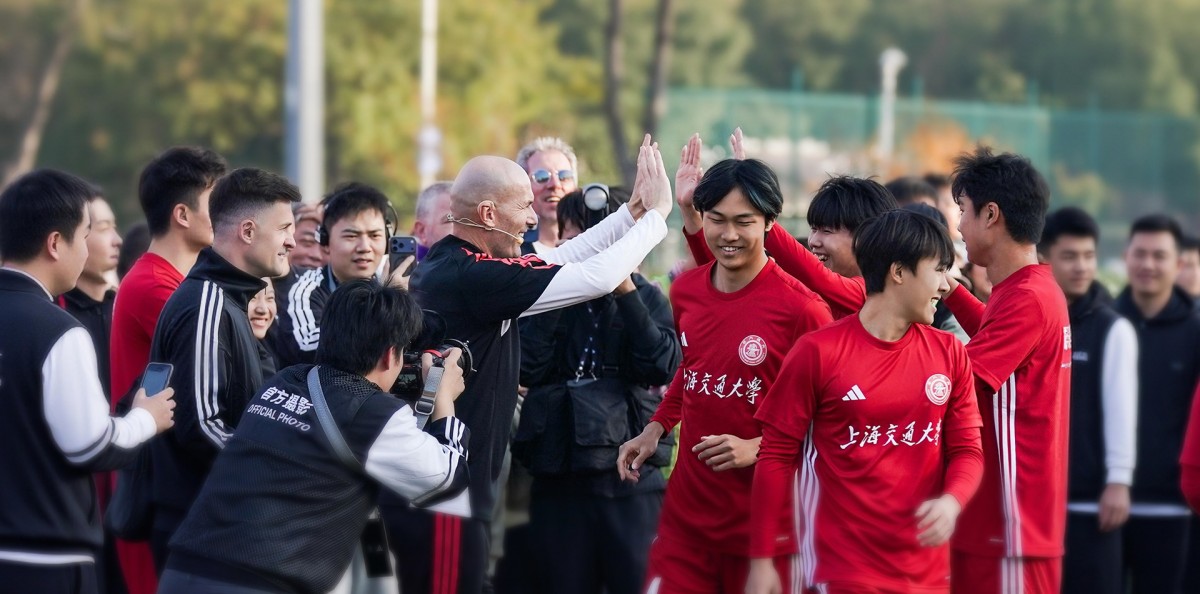
On October 24, 2025, Professor Mario Capecchi, recipient of the 2007 Nobel Prize in Physiology or Medicine and member of the U.S. National Academy of Sciences, together with Professor Wesley Sundquist, winner of the 2025 World Laureates Association Prize and member of the U.S. National Academy of Sciences, were invited to deliver the 268th session of the Masters Forum. They gave wonderful lectures titled “The Making of a Scientist” and “ESCRT Pathway Functions in HIV Budding and Cell Biology” at the auditorium of the Institute of Systems Biomedicine, Shanghai Jiao Tong University.
Ding Kuiling, President of Shanghai Jiao Tong University, Zhang Zhaoguo, Vice President, Xu Guoliang, Academician of the Chinese Academy of Sciences and Executive Dean of the Institute of Biomedical Sciences at Fudan University, and Weng Jiemin, Professor of the School of Life Sciences at East China Normal University, attended the forum. The event was hosted by the Graduate School of Shanghai Jiao Tong University, co-organized by the Institute of Systems Biomedicine and the Shanghai Lingang Science and Technology Innovation Development Foundation, and attracted more than 300 teachers and students from inside and outside the university. The forum was chaired by Wu Qiang, Chair Professor and Dean of the Institute of Systems Biomedicine at Shanghai Jiao Tong University.
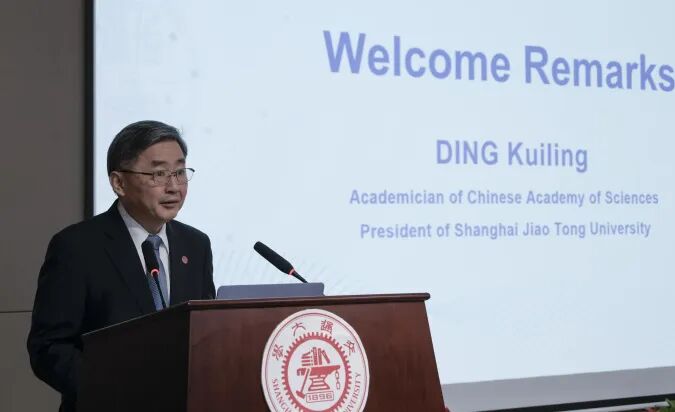
President Ding Kuiling delivered a welcome speech on behalf of the university. He warmly welcomed and sincerely thanked Professors Mario Capecchi and Wesley Sundquist for coming to Shanghai Jiao Tong University to share their insights with teachers and students. He introduced the two professors’ outstanding contributions and achievements in promoting the development of life sciences, and pointed out that Shanghai Jiao Tong University has always been committed to promoting the idea of “Learning at SJTU” by hosting various academic activities such as the “Masters Forum” to foster an atmosphere where “one encounters masters around every corner.” He expressed the hope that through the sharing of the two professors, the forum would broaden the academic horizons and improve the research vision of teachers and students, creating new opportunities for international academic exchange and cooperation.
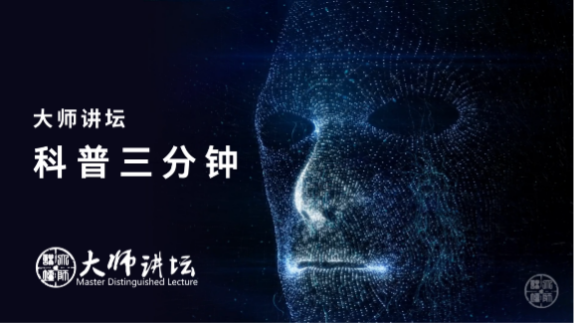
The organizing committee of the Masters Forum, together with the Institute of Systems Biomedicine, produced a “Three-Minute Science” video to briefly introduce to the audience the concepts of gene targeting technology and the ESCRT pathway in HIV budding and cell biology.
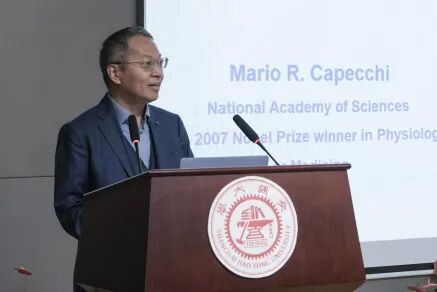
When introducing the two top scholars, Dean Wu Qiang recalled his academic connections and deep friendship with them. He said that he first met Professor Mario Capecchi when he was seeking a faculty position after his postdoctoral research and was deeply impressed by Capecchi’s pioneering and independent work on gene targeting and its successful application in mammalian cells. He noted that Professor Capecchi not only guided scientific research with his clear and rigorous thinking but also inspired his collaborators and the entire scientific community with his visionary perspective. He then introduced Professor Wesley Sundquist, noting that the University of Utah is not only well-known for its excellence in genetics but also enjoys great strength in biochemistry, and that Professor Sundquist is a leading figure in this field. His fundamental research on the mechanism of HIV budding is an outstanding example of translational medicine, laying the theoretical foundation for the development of anti-AIDS drugs and ultimately saving tens of thousands of lives. “Every major achievement in the world,” he said, “is made by ordinary people who made the right choice at the right time.”
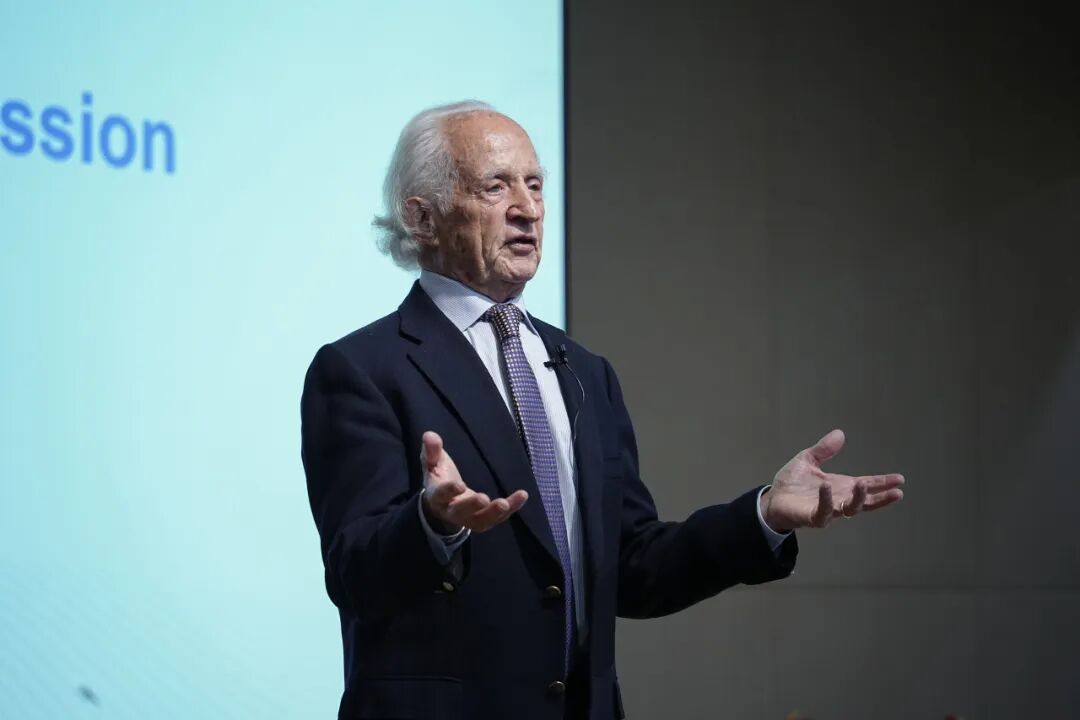
In his lecture, Professor Mario Capecchi spoke in detail about his fascinating scientific career. He recalled how he chose to devote himself to decades of academic research at the University of Utah School of Medicine rather than conform to a fast-paced, profit-driven research environment. He encouraged young people not to fear difficulties or blindly follow authority when facing scientific bottlenecks, but to persist on the path they choose with determination, emphasizing that “every major achievement in the world is made by ordinary people who made the right choice at the right time.” Using vivid slides and representative examples, Professor Capecchi systematically outlined the key developmental milestones of gene targeting technology from theoretical conception to technical breakthrough. He elaborated on the revolutionary significance of this technology in gene function analysis, disease model construction, and the advancement of precision medicine, emphasizing that its core value lies in achieving precise, targeted modification of mammalian genomes.
Professor Capecchi pointed out that this technological breakthrough not only provides a powerful tool for basic life science research but also opens new pathways for studying and treating major diseases such as genetic disorders and cancer. His detailed explanation offered the audience an intellectual and academic feast. Beyond the professional scientific sharing, he also revealed the ups and downs of his life outside science. He recalled being separated from his family because of war and wandering alone on the streets of Italy between the ages of four and nine, being hospitalized with typhoid and malnutrition when his mother finally found him, and later reuniting with his family — his artist grandmother, poet mother, and physicist uncle — and the happy moments spent with his family, students, and during the Nobel ceremony in Stockholm. These precious life experiences allowed the audience to see the rich and delicate inner world of a scientific giant and deeply feel the harmonious coexistence of science and art, reason and emotion in his life.
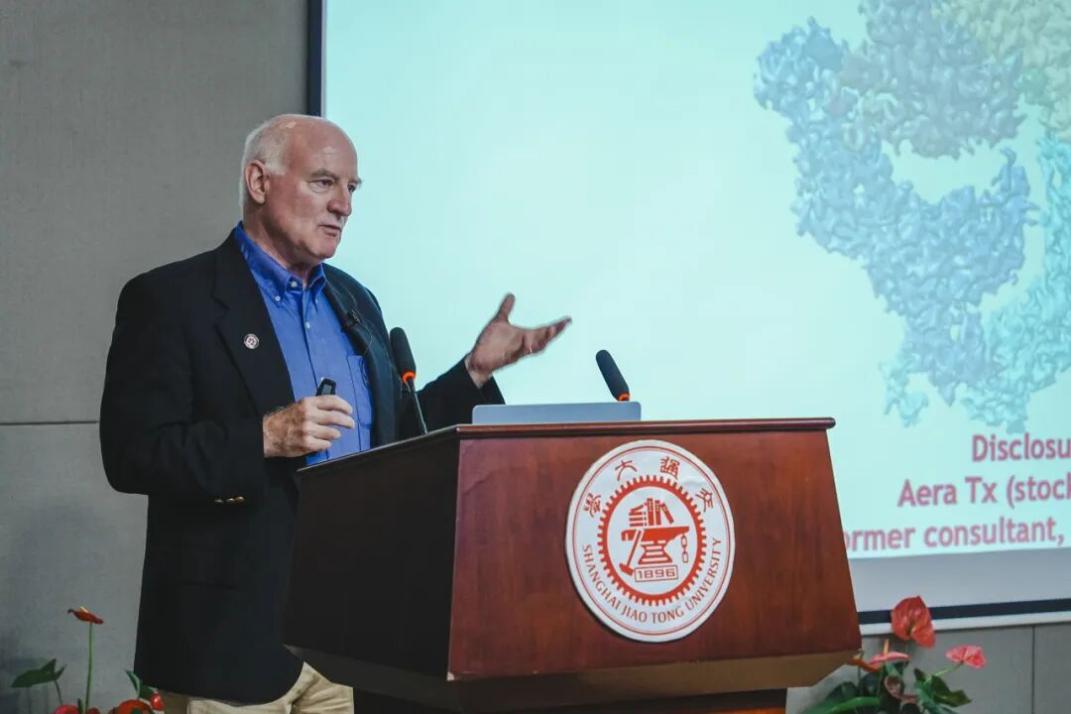
Professor Wesley Sundquist shared his pioneering research in viral assembly and cell membrane biology, systematically revealing the mechanisms by which HIV exploits the host cell’s intricate machinery. He pointed out that HIV must “bud” from the plasma membrane to release enveloped viral particles for transmission and infection. His research found that HIV-1 and other retroviruses complete this process by hijacking the host cell’s ESCRT pathway. This study not only confirmed the essential role of ESCRT in HIV budding but also extended its findings to other critical cellular functions such as cell division, revealing the universality of this molecular machinery. To elucidate the mechanism at the atomic level, his team resolved the three-dimensional structures of more than ten ESCRT factors and complexes. These structures clearly show how ESCRT components self-assemble, interact, and recognize viruses and ubiquitinated proteins to initiate the budding process.
Through vivid structural animations, Professor Sundquist illustrated how ESCRT-III subunits undergo conformational changes to form membrane-remodeling filaments and explained the ATP hydrolysis mechanism that powers this process. The lecture traced a complete scientific path — from macroscopic phenomena to microscopic mechanisms, and further to the understanding of energy-driven processes — demonstrating the strength of structural biology and sparking the audience’s curiosity about exploring the unknown frontiers of the microscopic world of life.
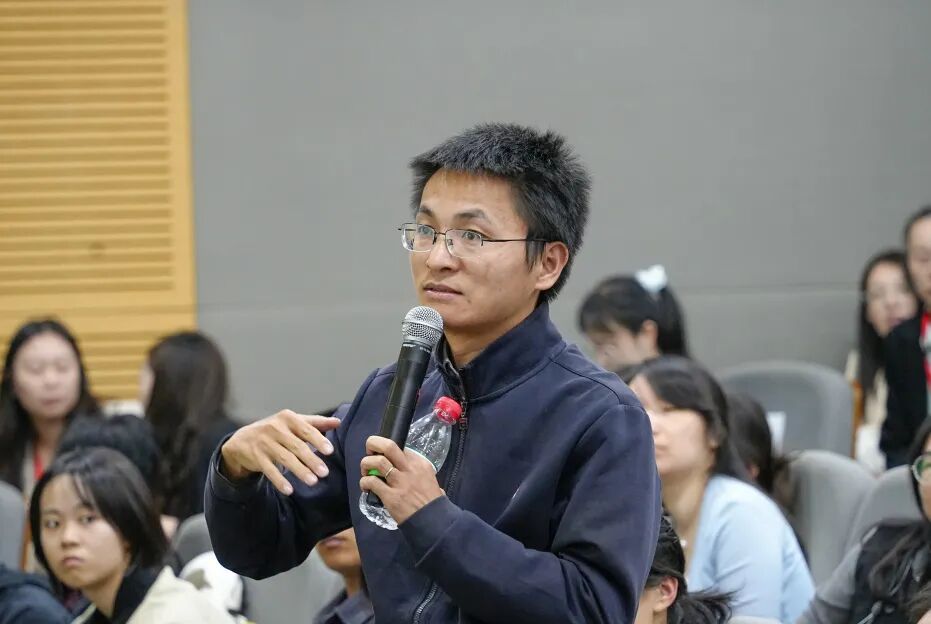
During the Q&A session, the audience actively interacted with the speakers. Professor Mario Capecchi addressed questions about his scientific journey and the future development of gene targeting technology, while Professor Wesley Sundquist responded to questions about the mechanism of HIV budding and the structural biology of the ESCRT pathway.
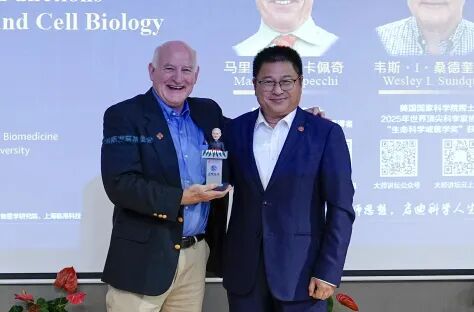
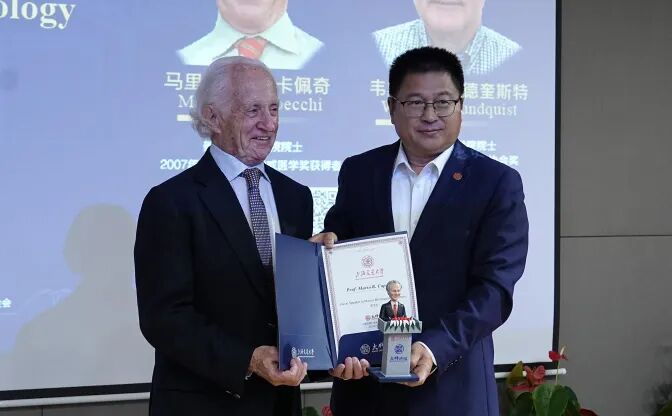
At the end of the lecture, Vice President Zhang Zhaoguo, on behalf of all SJTU teachers and students, presented commemorative gifts to the two distinguished guests, expressing heartfelt gratitude for their visit, their sharing of cutting-edge scientific insights, and their academic wisdom.
Contributed by: Institute of Systems Biomedicine, Shanghai Jiao Tong University
Editor: Ziyi Li
Executive Editors: Yuanyuan Li, Yuhan Zheng

